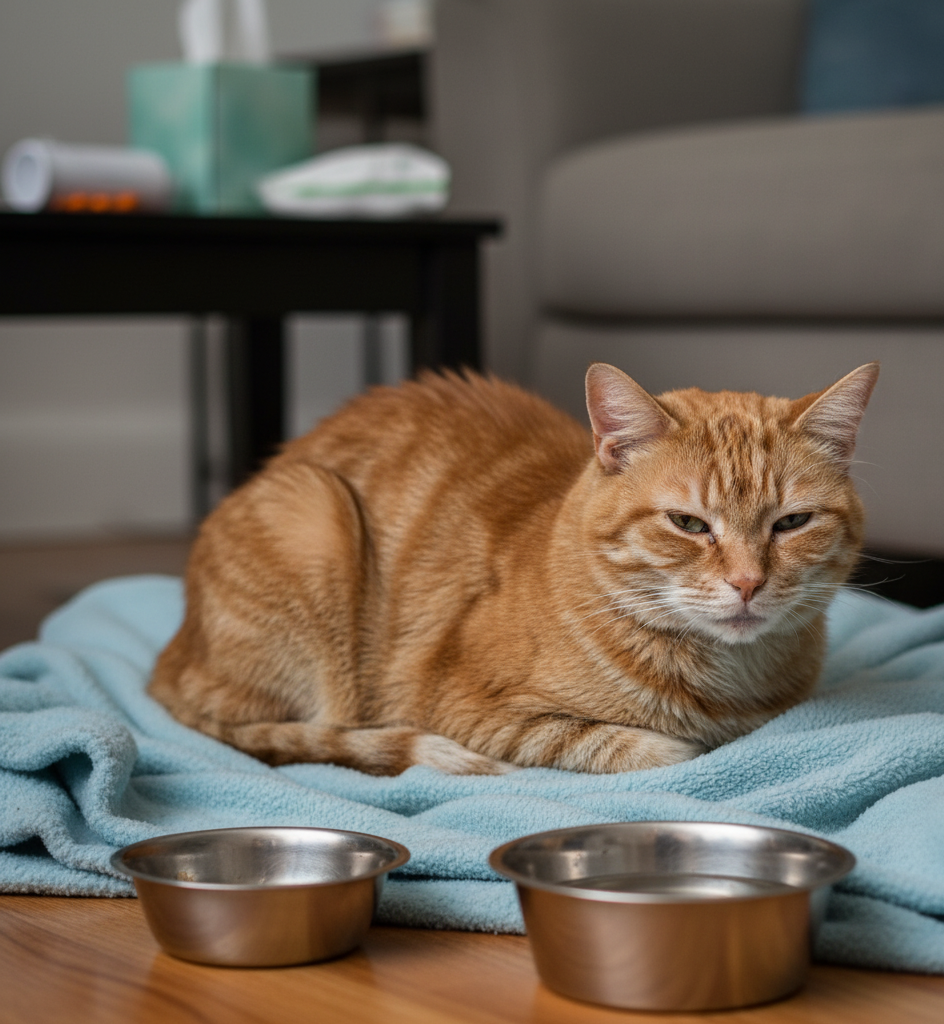Urinary Tract Problems in Cats : Care Guide
Feline urinary tract problems are common but manageable with the right care. By focusing on prevention, early detection, and proper treatment, you can protect your cat from serious health risks and ensure their

Feline Lower Urinary Tract Disease (FLUTD)
This umbrella term encompasses various conditions affecting the bladder and urethra. FLUTD affects approximately 10% of cats and can be life-threatening, particularly in male cats who may develop urinary blockages.
Symptoms to Watch:
Frequent urination or straining to urinate
Blood in urine
Urinating outside the litter box
Crying while urinating
Excessive licking of genital area
Strong ammonia odor in urine
Explore our collections at ICYSTA today, and discover a new standard of care for your senior dog or cat.
Common Causes:
Stress and environmental changes
Diet and hydration issues
Bacterial infections
Urinary crystals or stones
Obesity and sedentary lifestyle
Prevention Strategies:
Provide multiple clean water sources
Feed wet food to increase moisture intake
Maintain clean litter boxes
Reduce environmental stressors
Encourage regular exercise
Long-Term Management
Urinary tract health requires ongoing attention. Regular check-ups, weight management, and a balanced diet play key roles in preventing recurrence. Keep track of your cat’s litter box habits, and act quickly if you notice any unusual signs.
When to Seek Emergency Help
Urinary blockages, especially in male cats, are life-threatening emergencies. If your cat is unable to urinate, cries out in pain, or shows signs of lethargy, seek veterinary assistance immediately. Delaying treatment can lead to kidney damage or even death.
Explore our collections at ICYSTA today, and discover a new standard of care for your senior dog or cat.
